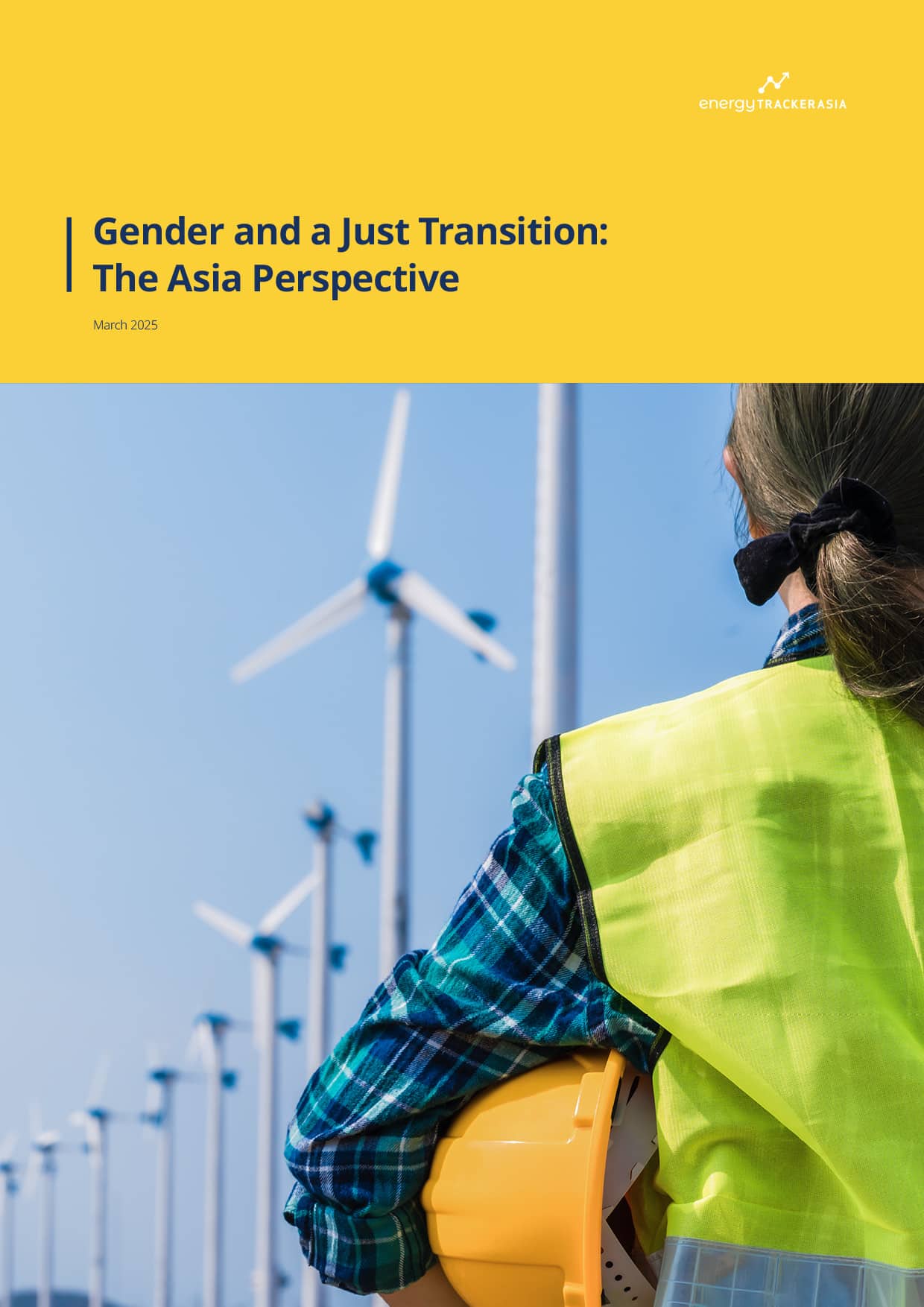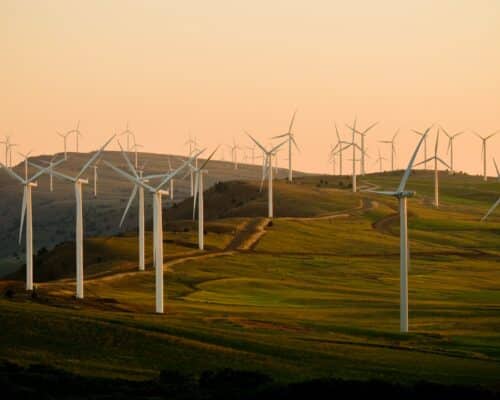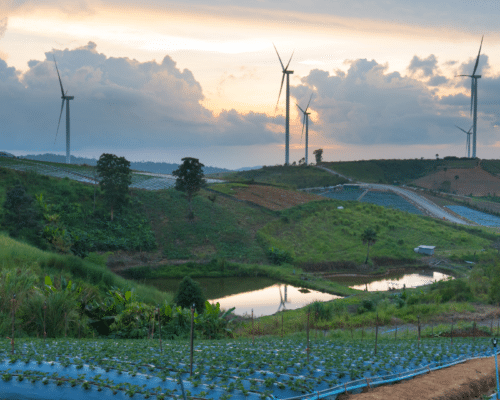China’s Coal Plants Are Risking its Energy Transition
Photo: Wikimedia Commons
16 April 2025 – by Nithin Coca
There are some worrying signs that coal — the dirtiest fossil fuel — remains king in China, the world’s largest greenhouse gas emitter. According to Carbon Brief, in 2024, China began building 94.5 gigawatts (GW) of new coal-power capacity and resumed 3.3 GW of suspended coal power projects, the highest level of construction for China’s coal plants in the past 10 years.
“The continued pursuit of coal is crowding out the country’s use of lower-cost clean energy, and is threatening to undermine President Xi Jinping’s 2021 pledge to strictly limit coal consumption and phase it down over the next five years,” said Christine Shearer, a research analyst at the nonprofit Global Energy Monitor.
Adding to these concerns is a rapid rise in coal gasification, which grew by 18% in 2023 and now consumes more than 340 million tonnes of coal a year. According to the nonprofit Centre for Research on Energy and Clean Air (CREA) and media reports, several new coal power projects are planned in coal-rich regions, including a coal-to-oil plant in Shanxi, a coal-to-chemical plant in Shaanxi and a coal gasification plant in Xinjiang, where coal has been linked to widespread human rights violations against ethnic Uyghurs.
Increase in China’s Coal Power Plants
According to CREA, the increase in coal-fired power plants for electricity and coal gasification for chemical production could counter China’s expansion of wind and solar power.
Chengcheng Qiu, a researcher at CREA, said China’s coal-to-chemicals industry “negated some of the carbon emissions-reduction progress that has been made in other sectors”.
What Qiu, Shearer and others hope is for stronger restrictions on coal’s use. Otherwise, they fear China’s emissions peak might become delayed, leading to increased risk of global climate disaster around the world.

What is Coal Gasification?
Coal gasification is a process of turning coal into a gas, like methanol, which can be used for energy, industrial or transportation purposes. Coal gasification has been around since the 18th century and is an older technology. In recent years, the coal industry has revived it as an alternative to fossil fuels like natural gas and petroleum.
“In light of geopolitical tensions, rising anxiety over energy security among Chinese decision-makers has prompted Beijing [to] rethink coal’s role,” said Kevin Jianjun Tu, a senior visiting research fellow at the Oxford Institute for Energy Studies. “During its second quarterly press conference in 2023, the National Energy Administration reiterated that coal remains the ‘ballast stone’ for China’s energy security.”
For countries like China, which has ample coal but few fossil gas or petroleum resources, the main goal of gasification is to replace imports of fossil fuels-derived petrochemicals with domestically produced chemicals made from coal via gasification.
“In some industrial sectors, coal-to-chemicals is likely to be the country’s only major, coal-consuming sector that could still see substantial manufacturing capacity expansion and emissions spikes,” said Qiu.
China: Coal vs Solar and Wind Power
The rise in coal, and the growth in coal gasification, fly in the face of China’s world-leading solar and wind power expansion. In 2024, China led the world in solar and wind additions.
“China’s rapid expansion of renewable energy has the potential to reshape its power system, but this opportunity is being undermined by the simultaneous large-scale expansion of coal power,” said Qi Qin, a China analyst at CREA.
But even then, coal’s presence can be felt. In fact, Chinese solar production is also heavily reliant on fossil fuels, as factories that produce panels and other components use cheap, subsidised coal. In fact, studies show that Chinese solar panels have significantly higher carbon intensity than solar panels produced in other countries. Shifting away from coal would also make China’s cleantech cleaner.
“Without decisive policy shifts, Chinaʼs energy transition will remain an ‘energy addition’ rather than a true transformation away from coal,” said Qin.
Moving Beyond China’s Coal Consumption
The reality is that China still has a long way to go before it can move beyond its reliance on coal. Despite years of record wind and solar installations, China still dominates coal usage globally, and is the world’s largest importer of the fossil fuel.
“China relies heavily on coal for power generation and heat provision, and coal currently accounts for more than half of the country’s primary energy consumption,” said Tu.
That was why when China’s leader, Xi Jinping, made a pledge in 2021 to move away from coal, it was so welcomed. Unfortunately, the follow-through has been lacking, and that needs to change.
“Stricter emissions-reduction policies and regulations will be crucial in pulling coal-to-chemicals from China’s climate change red lines,” said Qiu. “The government should impose tighter restrictions on the expansion of the sector and set clear targets for emission reductions.”
For the world to have any chance to meet science-based climate targets, China has to dramatically cut its coal consumption, following the lead of countries like the United Kingdom and Germany. Just building more solar and wind isn’t enough, if coal usage also grows.
by Nithin Coca
Nithin Coca covers climate, environment, and supply chains across Asia. He has been awarded fellowships from the Solutions Journalism Network, the Pulitzer Center, and the International Center for Journalists. His features have appeared in outlets like the Washington Post, Financial Times, Foreign Policy, The Diplomat, Foreign Affairs and more.
Read more






